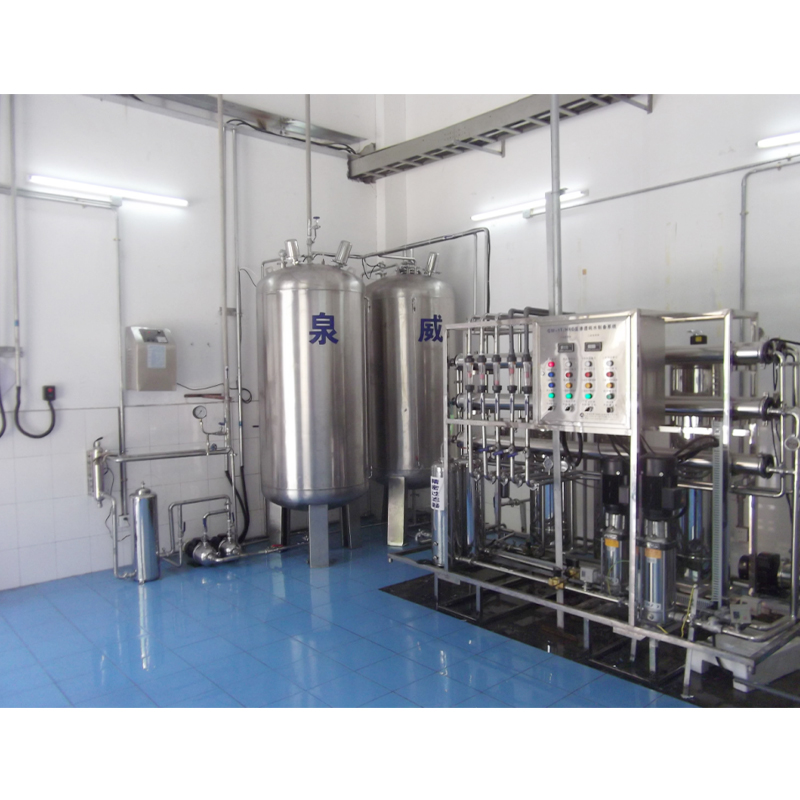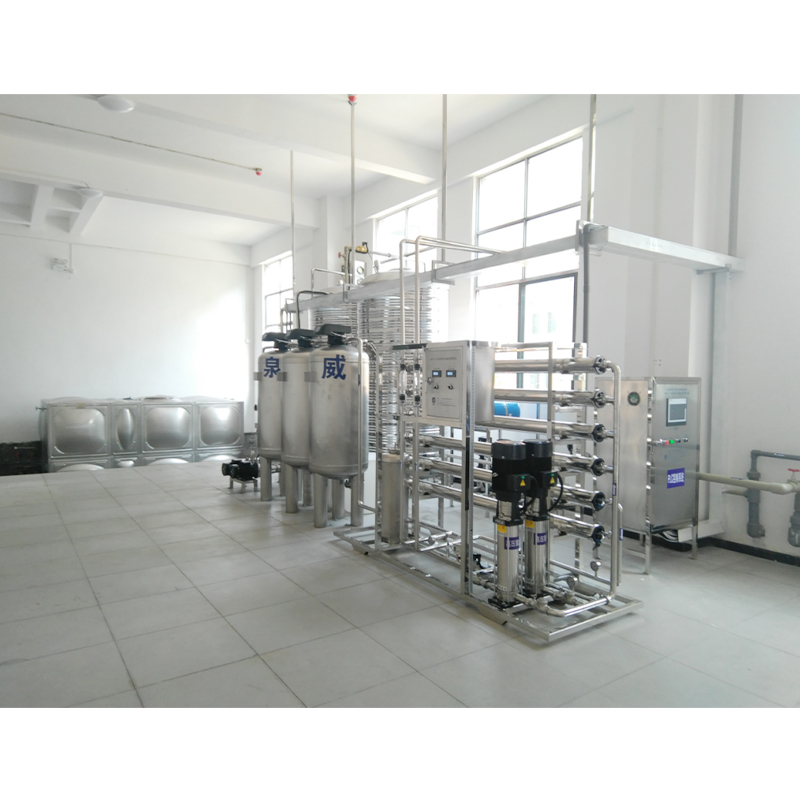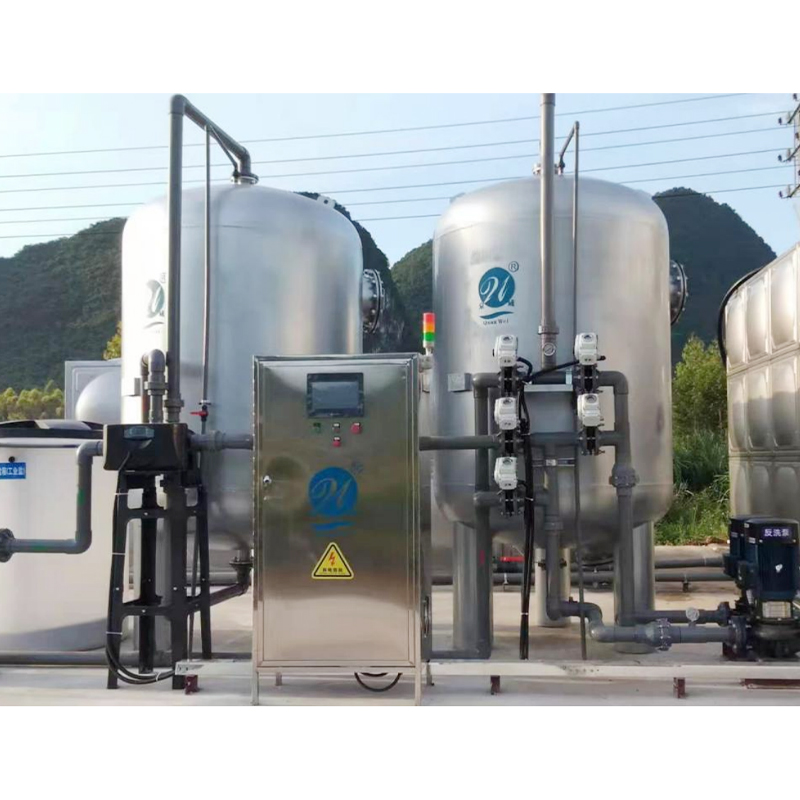How does the leak-proof design of a commercial water dispenser ensure safe use?
Release Time : 2025-10-29
Leak-proof design is a core element in ensuring the safety of commercial water dispensers. Through multi-layered technical means and structural optimization, it effectively avoids the risk of leakage caused by pipe aging, loose connections, or abnormal pressure, ensuring long-term stable operation of the equipment in high-frequency usage scenarios. The core logic of leak-proof design lies in blocking the water source leakage path, while combining intelligent monitoring and emergency response mechanisms to form a comprehensive safety system from source prevention to end-of-pipe treatment.
The piping system of a commercial water dispenser is the first line of defense in leak-proof design. High-quality models use food-grade stainless steel or high-density polyethylene (HDPE) pipes. These materials are not only corrosion-resistant and anti-aging, but also have a low coefficient of thermal expansion, reducing pipe deformation or joint cracking caused by temperature changes. Pipe connections generally use snap-fit or threaded quick-connect fittings, combined with sealing rubber rings, to ensure a tight connection through a double-locking structure. For example, some models add an anti-detachment ring at the connection between the inlet valve and the pipe, preventing accidental pipe detachment even if the equipment is subjected to external impact. Furthermore, the piping layout follows the "shortest path" principle, reducing bends and joints to lower the probability of leaks at the source.
The sealing process of water system interfaces directly determines leak-proof performance. Commercial water dispensers employ multi-layer sealing designs at critical interfaces (such as inlet valves, outlets, and tank connections), typically consisting of rubber O-rings, silicone gaskets, and metal pressure rings. The rubber O-rings provide primary sealing, their elasticity filling tiny gaps in the interface; the silicone gaskets, with their high-temperature resistance, prevent seal failure due to material aging over long-term use; and the metal pressure rings mechanically secure the sealing components, ensuring stability under long-term pressure. Some high-end models also apply waterproof sealant to the interfaces, forming a third layer of protection, ensuring that even if a single sealing layer fails, leaks can still be prevented by the remaining layers.
Pressure regulation and pressure relief mechanisms are crucial supplements to leak-proof design. During heating or cooling processes, the water system in commercial water dispensers may experience pressure fluctuations due to temperature changes. If the pressure exceeds the pipe's tolerance limit, it can easily cause interface rupture or tank deformation. To this end, the device features built-in pressure sensors and automatic pressure relief valves. When system pressure exceeds a safety threshold, the valve quickly opens to release excess pressure, preventing damage to pipes or water tanks due to overpressure. Furthermore, some models utilize progressive heating technology, which reduces water vapor generation through a phased temperature increase, thereby lowering pressure peaks within the water system and further ensuring leak prevention.
Optimizing the water tank structure is a key component of leak prevention design. Commercial water dispenser tanks are typically molded in a one-piece process to minimize weld gaps and potential leak points. The tank is equipped with a liquid level sensor and overflow prevention device. When the water level approaches the upper limit, the sensor triggers the water inlet valve to close, preventing overflow from overfilling. Furthermore, the tank bottom is designed with a sloped structure and a drain outlet, allowing even small amounts of condensation or leakage to drain naturally by gravity, preventing water accumulation and corrosion at the tank bottom. Some models also incorporate an insulation layer on the outer wall of the tank to reduce condensation caused by temperature differences, thus minimizing the risk of leaks from an environmental perspective.
The introduction of intelligent monitoring systems has made leak prevention designs more proactive. Modern commercial water dispensers are commonly equipped with leak detection sensors, which use electrodes or optical methods to monitor humidity changes at the bottom of the device or in key water channels in real time. If abnormal water accumulation is detected, the system immediately triggers an alarm, notifies management via the IoT module, and automatically shuts off the water supply to prevent further leakage. Some models also support remote diagnostics, allowing technicians to locate the leak based on sensor data and provide on-site repair guidance, significantly reducing troubleshooting time.
The leak prevention design of commercial water dispensers is also reflected in the ease of daily maintenance. The device's water system utilizes a modular design, allowing for quick-disassembly of pipes, filters, and connectors, facilitating regular inspection and replacement of aging components. For example, the filter replacement port is typically located on the front of the device, allowing for easy access without moving the entire unit. The pipe connectors utilize a quick-connect design, allowing maintenance personnel to remove and install without specialized tools. This design not only reduces maintenance costs but also mitigates the risk of secondary leaks caused by improper maintenance.
The leak-proof design of the commercial water dispenser integrates multi-dimensional technologies, including material optimization, sealing process upgrades, pressure regulation, intelligent monitoring, and convenient maintenance, to create a comprehensive safety protection system. Its core goal is to control leakage risks at the nascent stage, ensuring the reliability and safety of the device in high-frequency use scenarios such as shopping malls, office buildings, and schools, and providing users with continuous and stable drinking water security.







